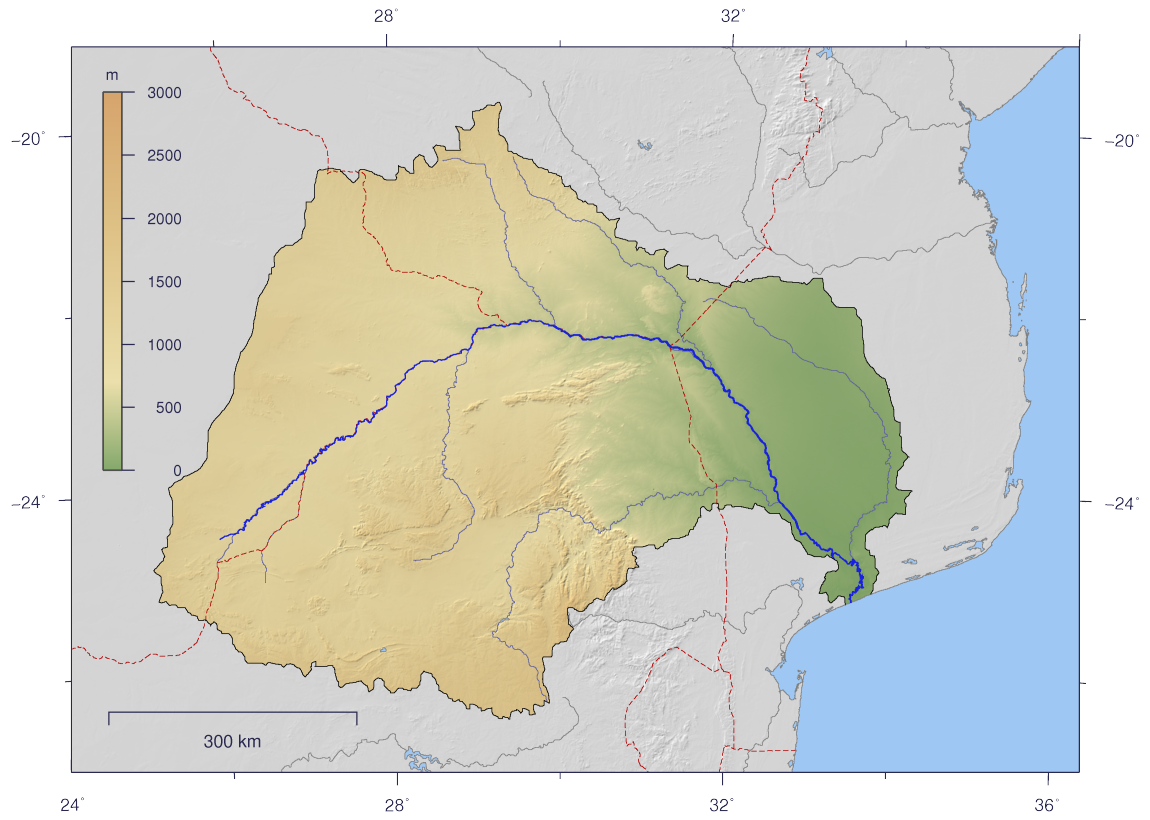Olifants River (Limpopo) on:
[Wikipedia]
[Google]
[Amazon]
 The Olifants River, Lepelle, iBhalule or Obalule (; ) is a river in
The Olifants River, Lepelle, iBhalule or Obalule (; ) is a river in
Massingir Dam & Flooding of Olifants Gorge
/ref>
The Olifants River Basin, South AfricaSouth African Geographical Names
{{Authority control Rivers of Mpumalanga Rivers of Limpopo Tributaries of the Limpopo River
 The Olifants River, Lepelle, iBhalule or Obalule (; ) is a river in
The Olifants River, Lepelle, iBhalule or Obalule (; ) is a river in South Africa
South Africa, officially the Republic of South Africa (RSA), is the Southern Africa, southernmost country in Africa. Its Provinces of South Africa, nine provinces are bounded to the south by of coastline that stretches along the Atlantic O ...
and Mozambique, a tributary of the Limpopo River
The Limpopo River () rises in South Africa and flows generally eastward through Mozambique to the Indian Ocean. The term Limpopo is derived from Rivombo (Livombo/Lebombo), a group of Tsonga settlers led by Hosi Rivombo who settled in the mou ...
. It falls into the Drainage Area B of the Drainage basins of South Africa.
The historical area of the Pedi people, Sekhukhuneland, is located between the Olifants River and one of its largest tributaries, the Steelpoort River.
Course
The Olifants River has its origin between Breyten and Bethal, Mpumalanga Province. It flows north towards Limpopo Province through Witbank Dam and then the Loskop Dam and is forced east by the Transvaal Drakensberg, cutting through at the Abel Erasmus Pass and then flowing east further across the Lowveld to join with the Letaba River. It crosses into Gaza Province, Mozambique, after cutting through the Lebombo Mountains by way of the Olifants Gorge, becoming the ''Rio dos Elefantes'', and finally joining theLimpopo River
The Limpopo River () rises in South Africa and flows generally eastward through Mozambique to the Indian Ocean. The term Limpopo is derived from Rivombo (Livombo/Lebombo), a group of Tsonga settlers led by Hosi Rivombo who settled in the mou ...
after 40 km before it enters the Indian Ocean at Xai-Xai north of Maputo
Maputo () is the Capital city, capital and largest city of Mozambique. Located near the southern end of the country, it is within of the borders with Eswatini and South Africa. The city has a population of 1,088,449 (as of 2017) distributed ov ...
.
Water quality
Overgrazing in sections of its middle course result in the river carrying away eroded soil after heavy rains. The Olifants river has become one of the most heavily polluted rivers in South Africa, not by human or industrial waste, but by thriving green algae. A 2013 study in the Kruger Park found that the river was mesotrophic, meaning that nutrient levels were fairly low, though a slight increase in nitrates could initiate eutrophication. Very high sulphate levels were attributed to coal mining and industry in the upper catchment.Tributaries
The Olifants River's largest tributaries are the Letaba River and the Steelpoort River known as Tubatse River. Other tributaries are the Tongwane, Blyde, Moses, Spekboom, Timbavati, Nkumpi, Ga-Selati, Klaserie, Makhutswi, Mohlapitse River, Lepellane River, Mohwetse River and Ngwaritsi River. Some tributaries, notably the Klein Olifants River (origin near Hendrina, joins the Olifants River downstream of the Middelburg Dam), the Elands, Wilge and the Bronkhorstspruit, rise in the Highveld grasslands. The Shingwedzi River flows close to the northeastern side of the Massingir Dam reservoir and joins the left bank of the Olifants about 12 km downstream from the dam wall.Dams
Thirty large dams in the Olifants River Catchment include the following:South Africa
* Witbank Dam * Rhenosterkop Dam, on the Elands River * Rust de Winter Dam * Blyderivierpoort Dam * Loskop Dam * Middelburg Dam, on the Klein Olifants River * Ohrigstad Dam * De Hoop Dam * Flag Boshielo Dam * Phalaborwa BarrageMozambique
* Massingir Dam/ref>
See also
* List of rivers in South Africa * Water Management AreasReferences
External links
The Olifants River Basin, South Africa
{{Authority control Rivers of Mpumalanga Rivers of Limpopo Tributaries of the Limpopo River